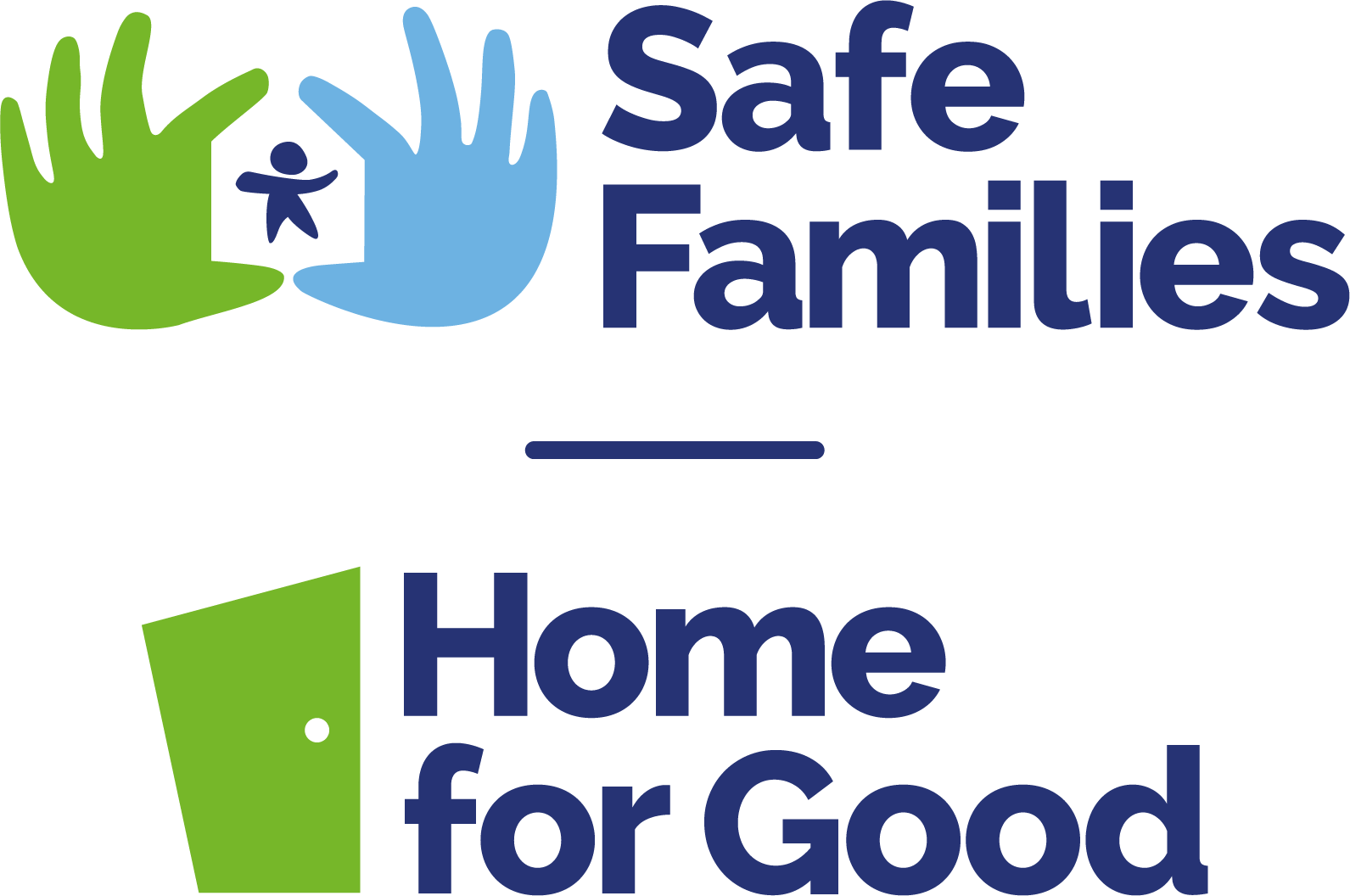In the seven years that Home for Good has existed as a charity, we have unswervingly worked to achieve our vision of finding a home for every child who needs one in the UK. We have especially sought to advocate on behalf of children who are furthest away from experiencing the love and stability that they need; those children who wait the longest in the care system. Children from Black and ethnic minority backgrounds constitute one of those groups of children and thus, over the past two years, Home for Good has been raising awareness about the racial disparity that exists within the care system, especially for Black children.
The most recent statistics show that Black children are more likely to be in care, as they are disproportionately over-represented in the care system, making up 5% of the general child population but 7% of all children in care in England.[1] Black Caribbean children are nearly 40% more likely than White British children to be in care, even in the most disadvantaged areas.[2] However, not only are Black children more likely to be in care, but they also wait longer to be adopted and are least likely to be adopted at all.[3] Only 2% of children adopted each year are Black, with the number of Black children adopted between 2015 and 2019 decreasing by 50%.[4]
These statistics highlight the strong and irrefutable evidence that racial disparity exists, but there is currently little conclusive research identifying why Black children are over-represented in care and what the drivers of these patterns are. In short, we do not know enough, and this lack of knowledge is a huge problem that urgently needs addressing.
Whilst we do not know enough about why Black children are more likely to come into care, we do know a little more when it comes to understanding why Black children wait longer for an adoptive home. One of the key factors that has been identified as a driver has been the shortage of Black foster carers and adopters in the system who are available and ready to welcome children. Crucially, this could be due to barriers within the system that stop or disincentivise Black individuals and families from stepping forward. Our research has shown that those from Black communities are twice as likely to consider adopting in the future compared to those from White communities, yet individuals from ethnic minority backgrounds are more likely to be nervous about the process, the cost of adopting, and how their community will react.[5] Varying levels of cultural literacy within the social work workforce can exacerbate concerns among individuals and families from these communities. In addition, despite it no longer being a legal requirement to match the ethnicity of a child with prospective adopters, in reality, practice around matching varies, with many social workers retaining a preference for a close or perfect ethnic match. This can create confusion among prospective adopters.
Although steps have been taken to understand and address disparity within adoption and we welcome the progress made, we recognise that this racial disadvantage is present right across the children’s social care system.
That is why, one year ago, Home for Good wrote an Open Letter to Government, calling on them to use the opportunity of the Review of Children’s Social Care in England to address the issue of racial disparity right across the system. Thousands of individuals signed our letter, as well as many organisations, Parliamentarians, and influencers.
Due to the support the letter received, the Chair of the Children’s Social Care Review, Josh MacAlister, announced in his Early Plans document that the Review would specifically look into racial disparities. This happened as a direct result of the issue being brought to his attention through the Open Letter.
Since then, we have been encouraged to see the steps that the Review has been taking: meeting with care-experienced Black adults and young people; gathering academics who have conducted research into racial and ethnic disparities; and ensuring that there are a diversity of voices and experiences among those who are part of the Review’s ‘Experts by Experience’ group.
While progress has been made in understanding the drivers behind racial disparity within adoption, we are continuing to shine a light on solutions and the need for change. We were encouraged to see the National Adoption Strategy, published in July 2021, making specific reference to the need for targeted recruitment of ethnic minority families. As joint-secretariat for the APPG for Adoption and Permanence, we facilitated an evidence session to draw together data and experiences of racial disparity in the system and through the APPG’s latest report, made a number of recommendations to Government as to how it can continue to take action on this issue.
Despite this, there is still much to be done to tackle racial disparity and it continues to be a firm priority for us at Home for Good. We remain hopeful of the opportunity presented by the Review to holistically consider racial disparity, seeking to understand how it interacts, influences, and is influenced by many parts of the system.
It is only through gaining a comprehensive understanding that we can create effective solutions. We are committed to continuing to learn as much as we can about this issue, and invite you to join us on this journey, so that we can work towards a future where no child is left behind or waiting longer for the home they need due to the colour of their skin. It is through working with others, listening well and deeply to individual experiences, and remaining resolute in our desire to see change that we believe we can see the tide turn on racial inequality within the care system.
If you would like to find out more about the work that Home for Good is doing to raise awareness about racial disparity, please take a look at our Change His Future campaign and our Open Letter to the Secretary of State for Education.
[1] Department for Education. 2020. Children looked after in England including adoptions. Available online.
[2] Bywaters, Paul, Kwhali, Josephine, Brady, Geraldine, Sparks, Tim and Bos, Elizabeth. 2017. ‘Out of Sight, Out of Mind: Ethnic Inequalities in Child Protection and Out-of-Home Care Intervention Rates.’ British Journal of Social Work, vol.47 (7), 1884–1902. Available online. p.1900.
[3] APPG for Adoption and Permanence. 2021. Strengthening Families: Improving Stability for Adopted Children. Available online.
[4] Department for Education. 2020. Adopted and Looked-after Children. Available online.
[5] Savanta ComRes. 2019. Home for Good Adoption Poll. Available online.









